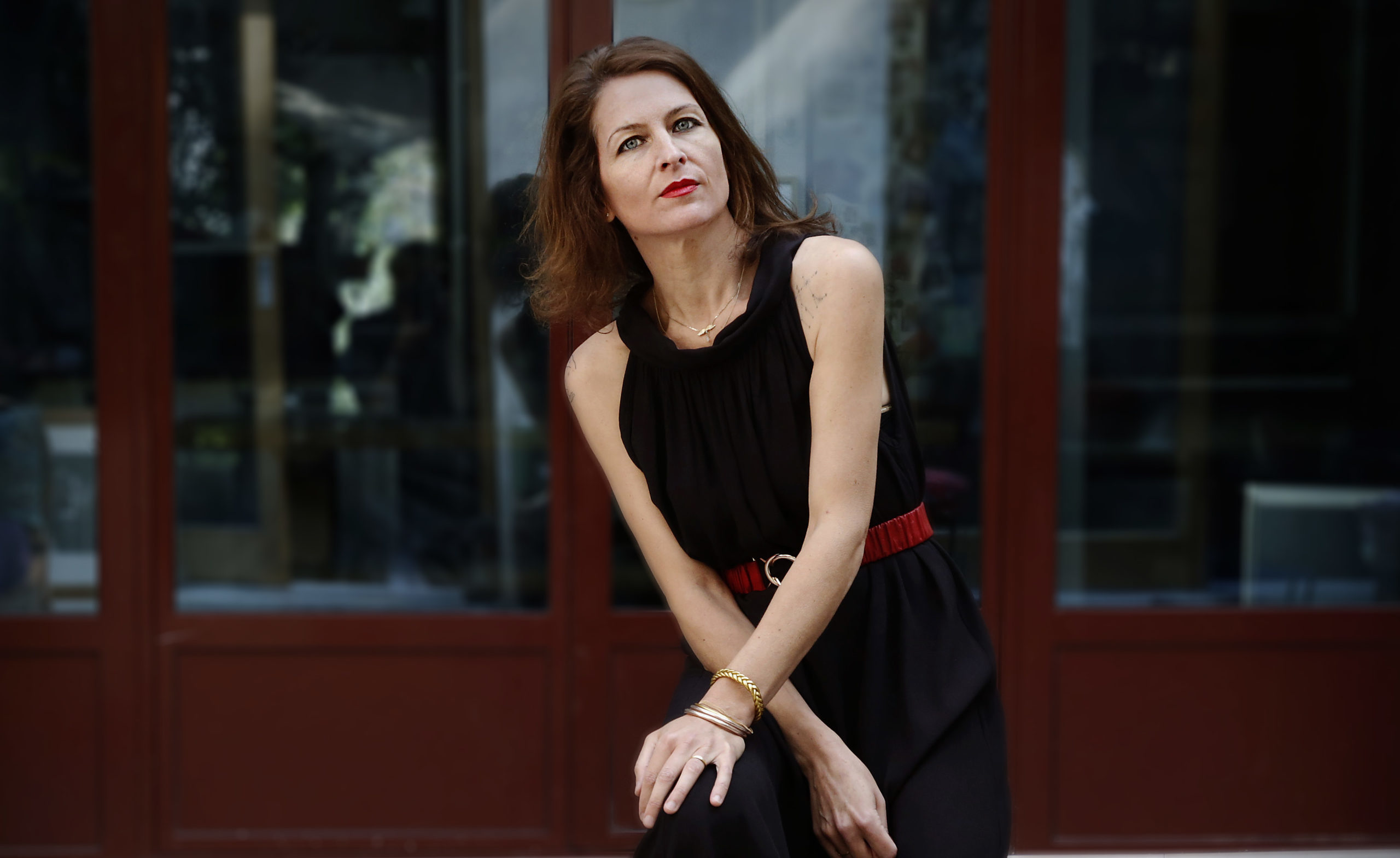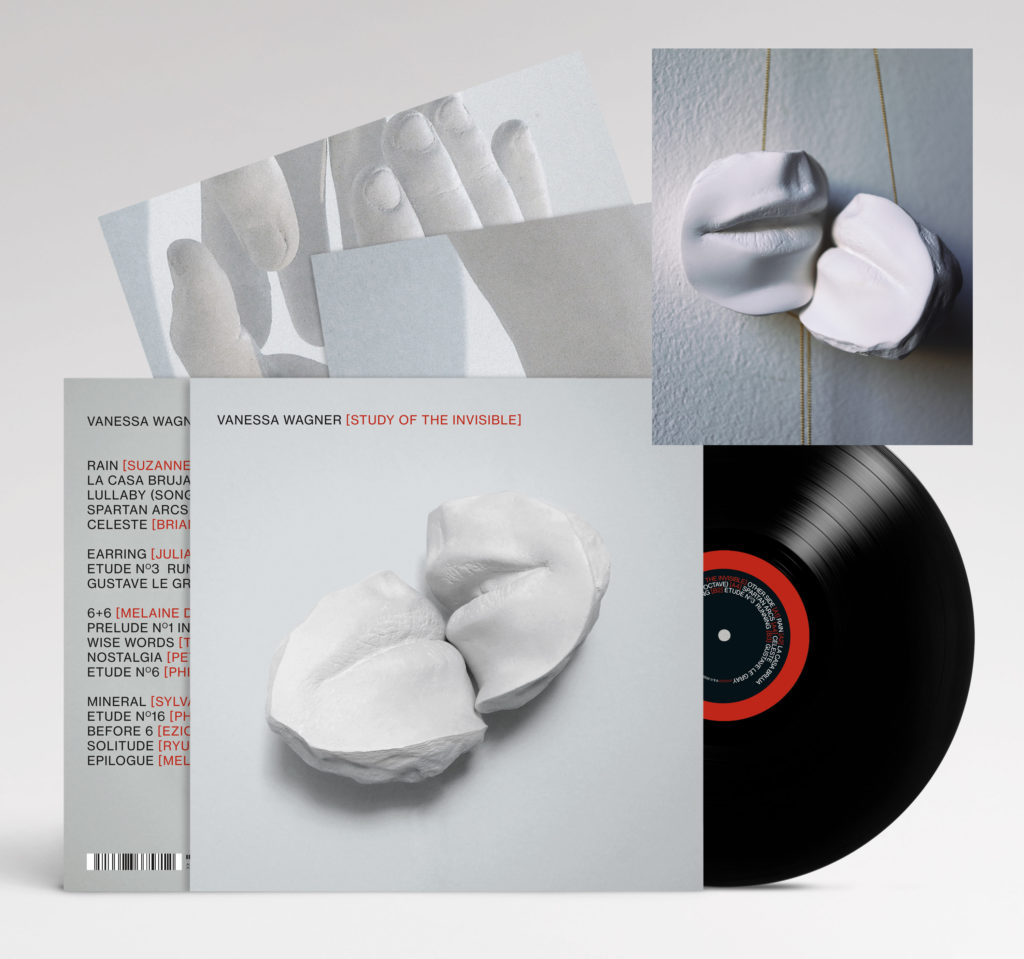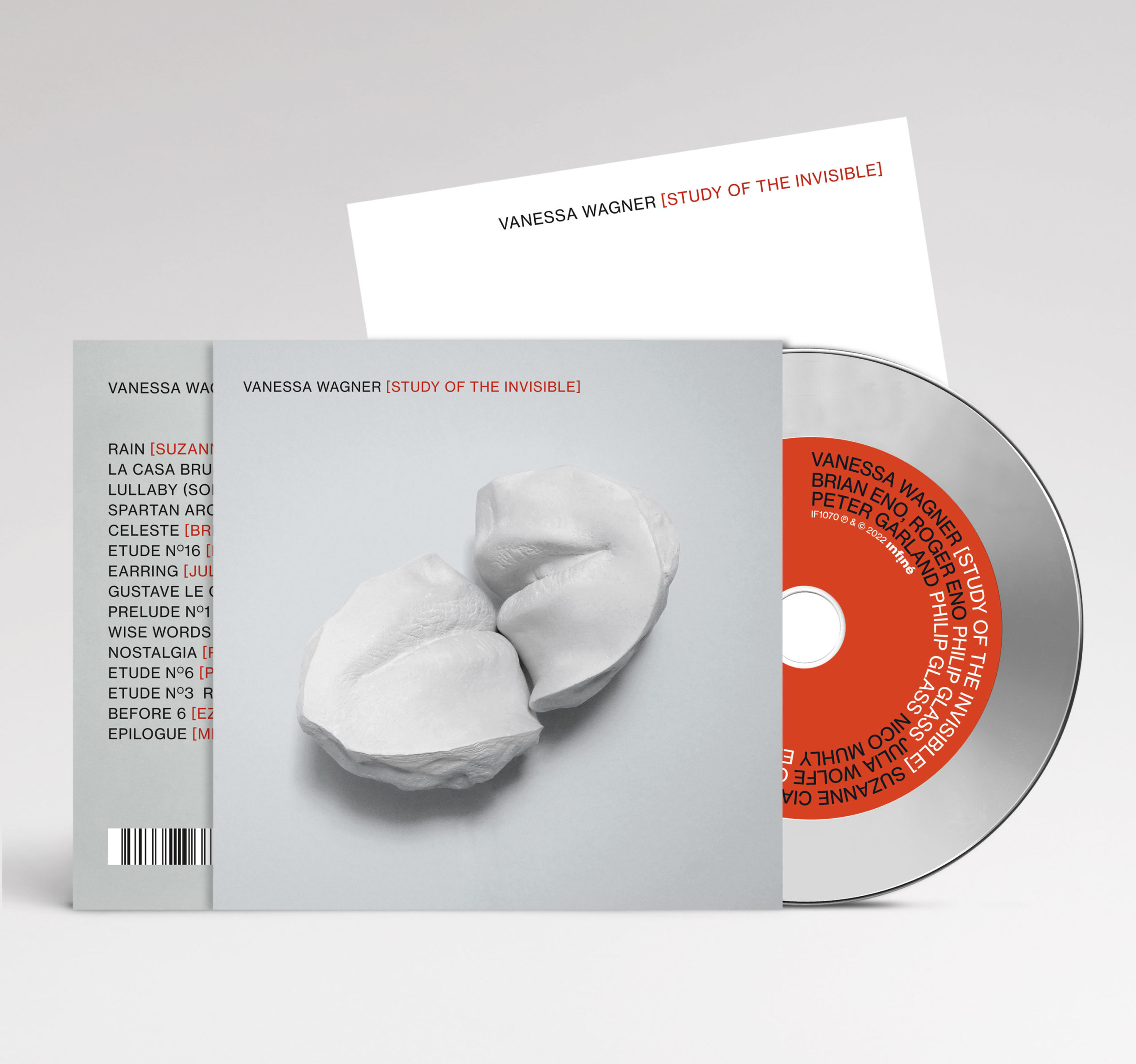News

Three years after Inland, French pianist Vanessa Wagner continues her exploration of the minimalist repertoire on InFiné with new album Study Of The Invisible, out now → Stream / Order LP, CD


If there is one constant about Vanessa Wagner, it is her versatility – in the Anglo-Saxon sense. Alongside her career as a musician performing the great solo, chamber and concert repertoire on stages all over the world (and recording for the La Dolce Volta label), the woman whom Le Monde describes as “the most delightfully singular pianist of her generation” and whom Libération describes as “one of the most curious and captivating pianists on the French scene” is exploring, with the complicity of the InFiné label, paths that are just as personal, but perhaps more intimate. First came Statea (2016), a duet with the electronic musician Murcof. Now, with her new album Study Of The Invisible she continues the journey begun on her solo record Inland (2019), which sees her breaking new
ground in a repertoire that she is, in France and even in Europe, practically the only “classical” pianist to tackle – a contemporary and timeless repertoire that can be described as “minimalist”, but which in reality covers a multitude of singular universes and musical
personalities that are often out of the ordinary, all generations combined.
To compose this programme, Vanessa Wagner has continued the exciting work of discovery she began with Inland, assembling rare pieces that weave a mysterious story between them.
Among the 15 stations that make up this thrilling journey, the United States takes the lion’s share. Under the patronage of Moondog, the blind and visionary Viking, whose very “Bachian” Prelude in A major from 1961 is the oldest piece on the disc, the icons of minimalism – the unavoidable Philip Glass, the unclassifiable Harold Budd, pope of ambient music – the representatives of the first generation of “post-minimalists” – Peter Garland, David Lang or Julia Wolfe, born in the 1950s – and the young guard – are all here: Bryce Dessner, Nico Muhly, Timo Andres, born between 1976 and 1985. But there are also a few choice outsiders: Suzanne Ciani, better known (relatively speaking) as a pioneer of electronic music, or the astonishing Caroline Shaw, who in 2013, at the age of 31, was the youngest winner of the Pulitzer Prize, and whose universe moves freely between “learned” and “popular” music. Equally unclassifiable are the works and careers of the Italian Ezio Bosso, the Frenchman Melanie Dalibert and, of course, the brothers Brian and Roger Eno, other musicians from between the worlds.
These scores, which at first glance may seem technically simple – although the Études by Philip Glass or Nico Muhly require extravagant velocity – in reality demand much more from the performer than mere virtuosity: an interiority, an authentic disposition of the soul. Like Erik Satie’s music, it is a music that each performer must inhabit without distorting it.
Thus, the exploration in which Vanessa Wagner engages is also a quest: “Searching for one’s inner self: that is what I like more and more in music. After having played Scriabin, Rachmaninov or Ravel, I’m fascinated by exploring intensity without a deluge of notes, by simplicity as a means of expression. For the performer, it is a question of bringing out a real atmosphere, a breathing of the tempo, a sensuality of the sound, of putting an intensity in each intention, and making the spaces between each note live and vibrate. This is not light music, it is emotionally intense music, which goes deep, in which one puts a part of one’s history… “. To combine this degree of intensity with control – of touch, of sound – and abandonment is not within the reach of all instrumentalists.
This is the meaning of Study Of The Invisible: to seek out the mysterious world that lives behind the score, the imperceptible links that unite these silences and harmonies, but also the inner resources that this music is capable of bringing to light. With this record and this journey, whose apparent melancholy ultimately proves to be powerfully comforting, Vanessa Wagner continues to give her letters of nobility to a music which, rather than being brilliant, proves to be above all radiant and luminous.
Arwork: Laurent Pernot
Photo: Caroline Doutre